A standard TV stand holds 75 to 150 pounds. This is common for stands designed for smaller TVs.
But you can't assume all stands are the same. Your stand might hold more or less. Knowing its true capacity keeps everyone safe.
An overloaded stand can collapse without warning. Your expensive TV crashes down. Your other electronics get damaged too. But the real danger is to people nearby, especially children who play near the TV.
Today's TVs are getting bigger and heavier. That sleek 65-inch screen weighs far more than older models. You need to make sure your stand can handle the weight.
How Much Weight Can a Standard TV Stand Hold?
A typical TV stand holds 75 to 150 pounds. This works fine if you have a TV under 55 inches.
But maybe you're eyeing that new 65-inch screen. Good news - stands built for larger TVs can handle 170 pounds or more. They're designed with extra support for today's bigger displays.
But here's the thing. There's no single answer that fits every stand. The materials, design, and build quality all affect how much weight it can safely hold.
So, how do you find out what your stand can handle? Check the manufacturer's specifications. Look in the product box, in the instruction manual, or on the website where you bought it.
One more thing you need to know. The total weight capacity tells you what the top surface can hold. Individual shelf capacity is usually much lower. Those glass shelves might only handle 30 to 50 pounds each.

Factors Influencing the Weight Capacity of a TV Stand
Several factors work together to determine how much weight your TV stand can safely hold. These range from the raw materials used to the engineering principles behind its design.
When you're choosing a stand, you need to consider some key things. What type of material is it made from? How good is the construction and joinery? What are the stand's overall size and proportions? Each factor affects others. Understanding how they work together helps you make a safer choice.
The Material Used for the TV Stand
- Solid Wood: Your best bet for strength and durability. Hardwoods like oak and maple handle 100 to 200 pounds or more. Pine and other softwoods are lighter but still sturdy.
- Particle Board: The budget option, made from compressed wood chips and sawdust. It tends to sag under heavy weight. Most particle board stands hold 50 to 120 pounds.
- MDF: Medium Density Fiberboard is engineered wood made from fine wood fibers, wax, and resin. It's stronger than particle board and typically holds 80 to 150 pounds.
- Metal: Steel stands are incredibly strong. They can hold 200 to 400 pounds when well-built. Check those welds though - poor welding means less strength.
- Glass: Tempered glass is four to five times stronger than regular glass. Most glass TV stands hold 80 to 100 pounds. Thicker glass and better frames mean higher capacity.
Construction and Design
- Overall Design Stability: Wider, deeper bases provide better stability for your TV. Long stands often sag in the middle without proper support. A center leg prevents this problem, especially on particle board models that bend easily under weight.
- Connection Structure: The way pieces connect determines strength. Mortise and tenon joints outperform basic screws or butt joints. These traditional woodworking methods create more surface areas for glue, making the whole stand stronger. Better joints mean your stand can handle more weight without failing.
Size
- Width: Your stand should be wider than your TV. This prevents dangerous overhang. Aim for 2-3 inches of extra space on each side.
- Depth: A deeper stand provides a more stable base. It distributes your TV's weight more evenly and creates a lower center of gravity. This extra depth makes a real difference in stability.
- Height: Taller stands pose a tipping risk. The higher your TV sits, the easier it can fall. Narrow, tall stands are especially unstable. Lower, wider designs keep your TV safer.
Installation
- Wall-mounted TV Stand: Also called floating TV stands, these mount directly to your wall. They use lighter materials and have lower weight capacities. They work great for audio equipment and game consoles. Your TV should go on a separate wall bracket for proper support.
- Freestanding TV Stand: The most common type you'll find. These rest on the floor and use heavier materials for stability. They create a secure base that handles the full weight of your television and all your other equipment.

How to Use a TV Stand Safely?
- Center your TV: Place your television in the middle of the stand. This distributes weight evenly for maximum stability. Position it far back on the stand, too. TVs near the edge are more likely to fall.
- Don't overload shelves: Each shelf has its own weight limit, much lower than the top surface. Cable boxes, game systems, and decorations add up quickly. Check individual shelf capacities and leave some space.
- Check for problems regularly: Inspect your stand every few months. Look for sagging shelves, visible cracks, or bent components. Test for wobbling or loose joints. These signs mean your stand needs attention.
- Use anti-tip devices: Secure your TV to the stand with anti-tip straps or brackets. Then, anchor the entire unit to a wall stud. This prevents tip-over accidents, which are a significant cause of injuries to children.
Choosing the Right TV Stand
Step 1: Know Your TV
- Measure the width: Get a tape measure and check your TV's actual width from edge to edge. Don't use the diagonal screen size. You need the full width to pick a stand that's wide enough.
- Find the weight: Check your TV's manual or the manufacturer's website for its exact weight. This isn't optional. You must know how much your TV weighs to choose a stand that can safely hold it.
Step 2: Assess Your Space and Needs
- Room dimensions: Measure your room before shopping. Your stand needs to fit without blocking walkways or making the space feel cramped. Consider how people move through the room daily.
- Viewing height: Choose a stand that positions your screen at a comfortable height. The center of the TV should be at or near eye level when you're seated. This reduces neck strain during long viewing sessions.
- Storage requirements: Count all your devices first. Gaming consoles, sound systems, and streaming boxes all need space. Open shelving gives you easy access to everything. Closed cabinets and drawers help hide clutter. Make sure the stand has enough room for what you own now and what you might add later.
- Aesthetics and style: Your TV stand should complement your existing furniture and decor. Industrial styles use metal and wood. Traditional designs feature rich wood finishes. Mid-century modern styles offer a classic look that fits many homes. Pick something you'll enjoy looking at every day.
Step 3: Assess the TV Stand
- Weight capacity: Always check the manufacturer's weight limits before buying. Look for two numbers - the top surface capacity and individual shelf limits. Never guess or assume. The numbers should be clearly stated on the product page or packaging.
- Material and construction: Solid wood and MDF handle weight better than particle board. Look closely at the joints too, strong connections like dowels or metal brackets outlast simple screws.
- Stability: Test the stand in person if you can. Give it a gentle push from different angles. It shouldn't wobble or feel unsteady. Wide stands need center support legs to prevent sagging in the middle.
- Safety features: Check for anti-tip hardware. Households with young children need this protection. Rounded corners are another valuable safety benefit. They prevent injuries when kids run past. Good stands include these standard features. Don't settle for less when safety is involved.

Where Can I Get a Quality TV Stand?
Your perfect TV stand depends on several factors. Your TV's size and weight come first. Then consider your space, storage needs, and personal style preferences. All these elements work together to guide your final decision.
When you're ready to purchase, Belleze TV stands offer the safety and stability you need. We build them strong enough to support large screens without any worry. High-quality materials mean they'll last for years.
We've also designed them for easy assembly, so you can get your entertainment center set up quickly. You get the safety and reliability you need at prices that fit your budget.
Conclusion
Choosing a TV stand goes beyond picking something that looks good. It's a crucial decision for your home's safety and protecting your expensive electronics.
The manufacturer's weight capacity isn't just a suggestion. These numbers come from deliberate design and testing. Respecting these limits ensures your entertainment center remains a source of enjoyment, not a potential hazard.
Take time to measure, plan, and choose carefully. The right TV stand provides years of safe entertainment for you and your family.
Related Reading:

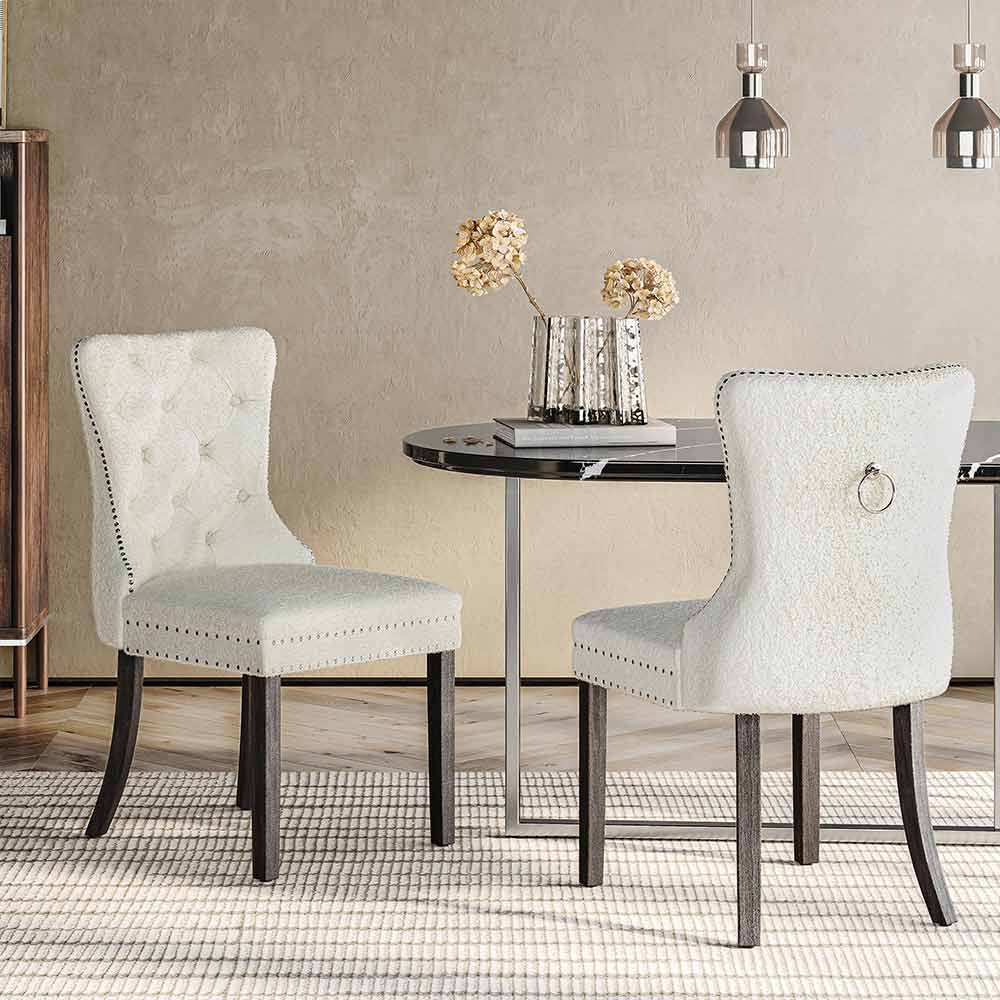


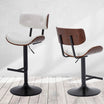
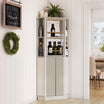

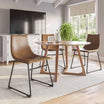

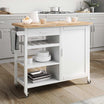
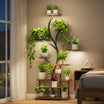
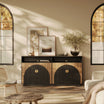

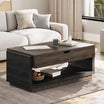



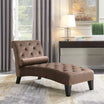
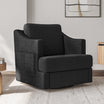

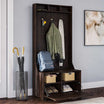


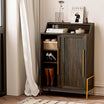
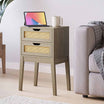
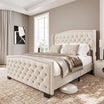


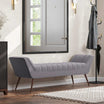
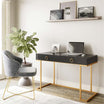

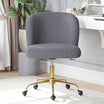

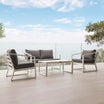
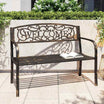
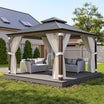
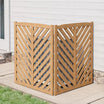
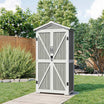
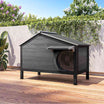
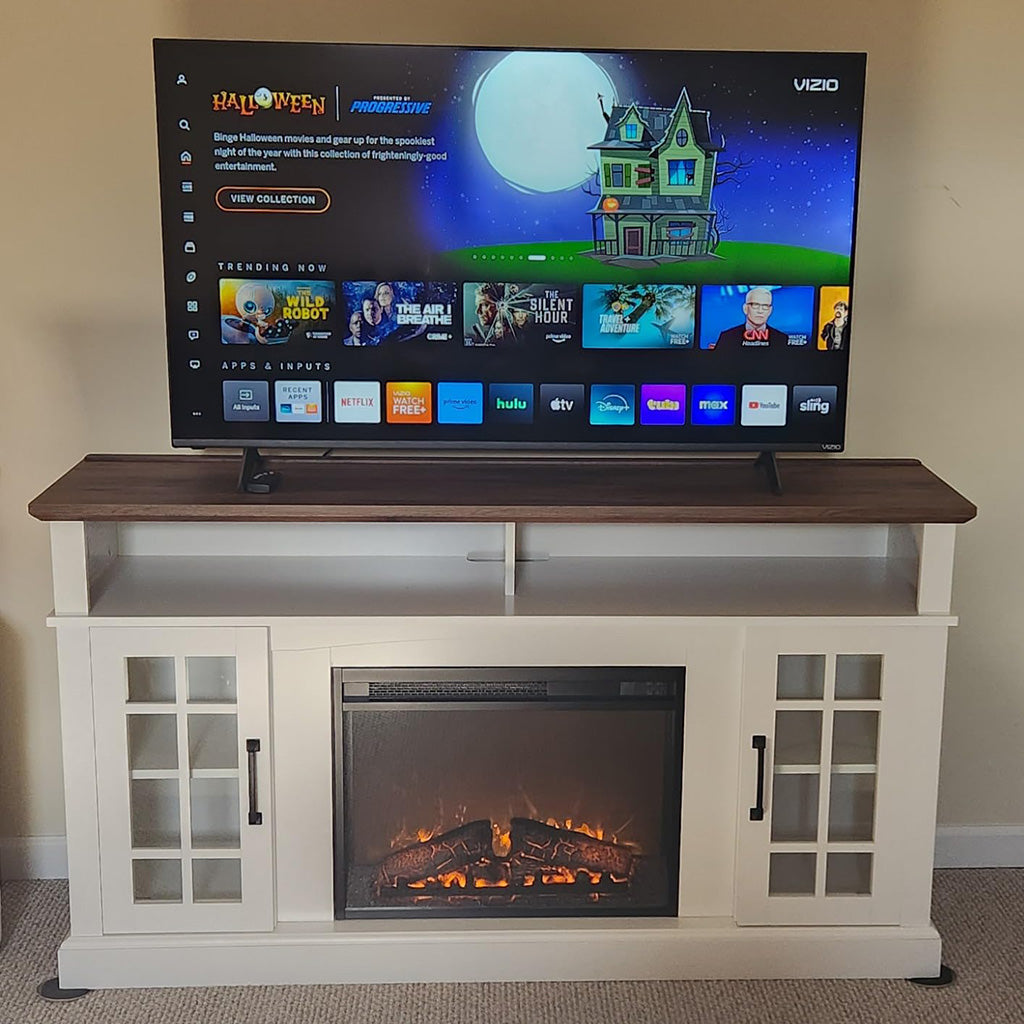


Leave a comment
This site is protected by hCaptcha and the hCaptcha Privacy Policy and Terms of Service apply.